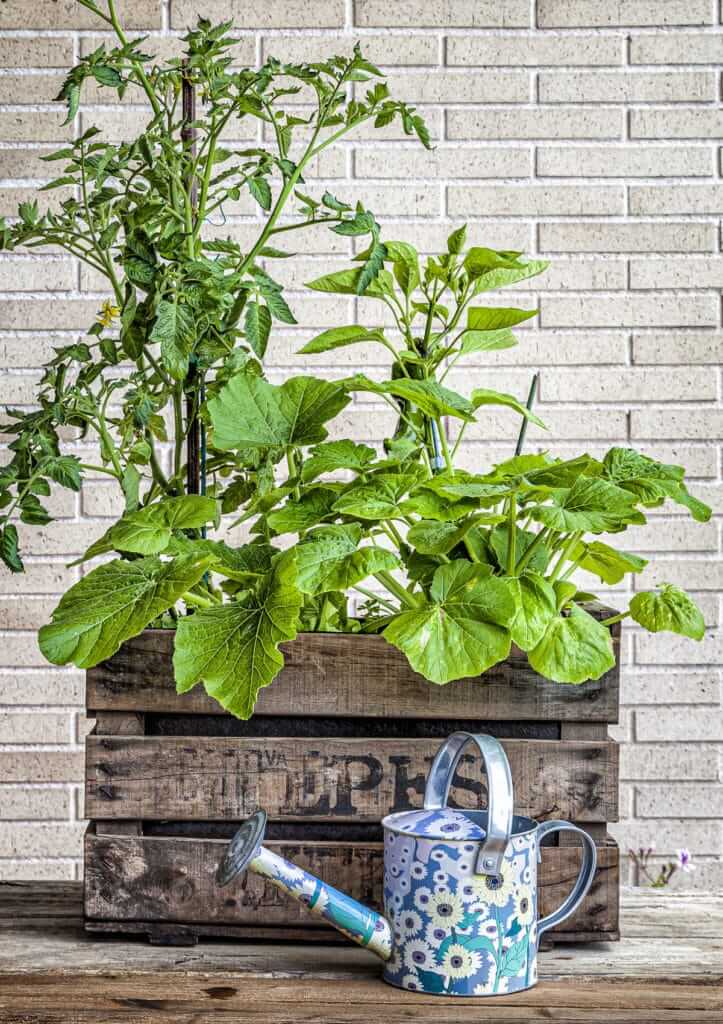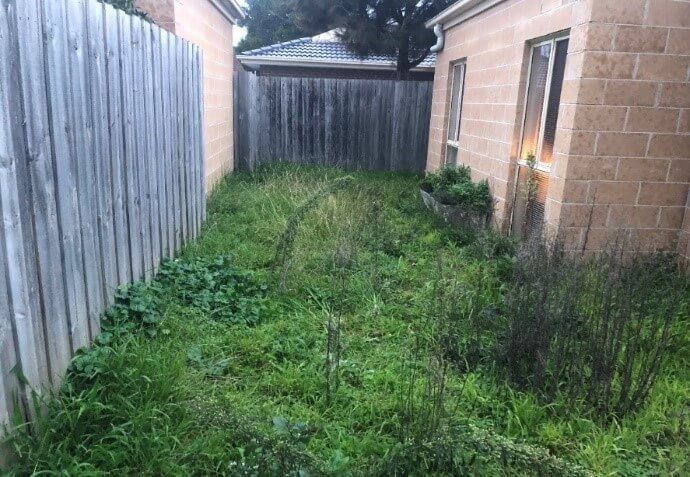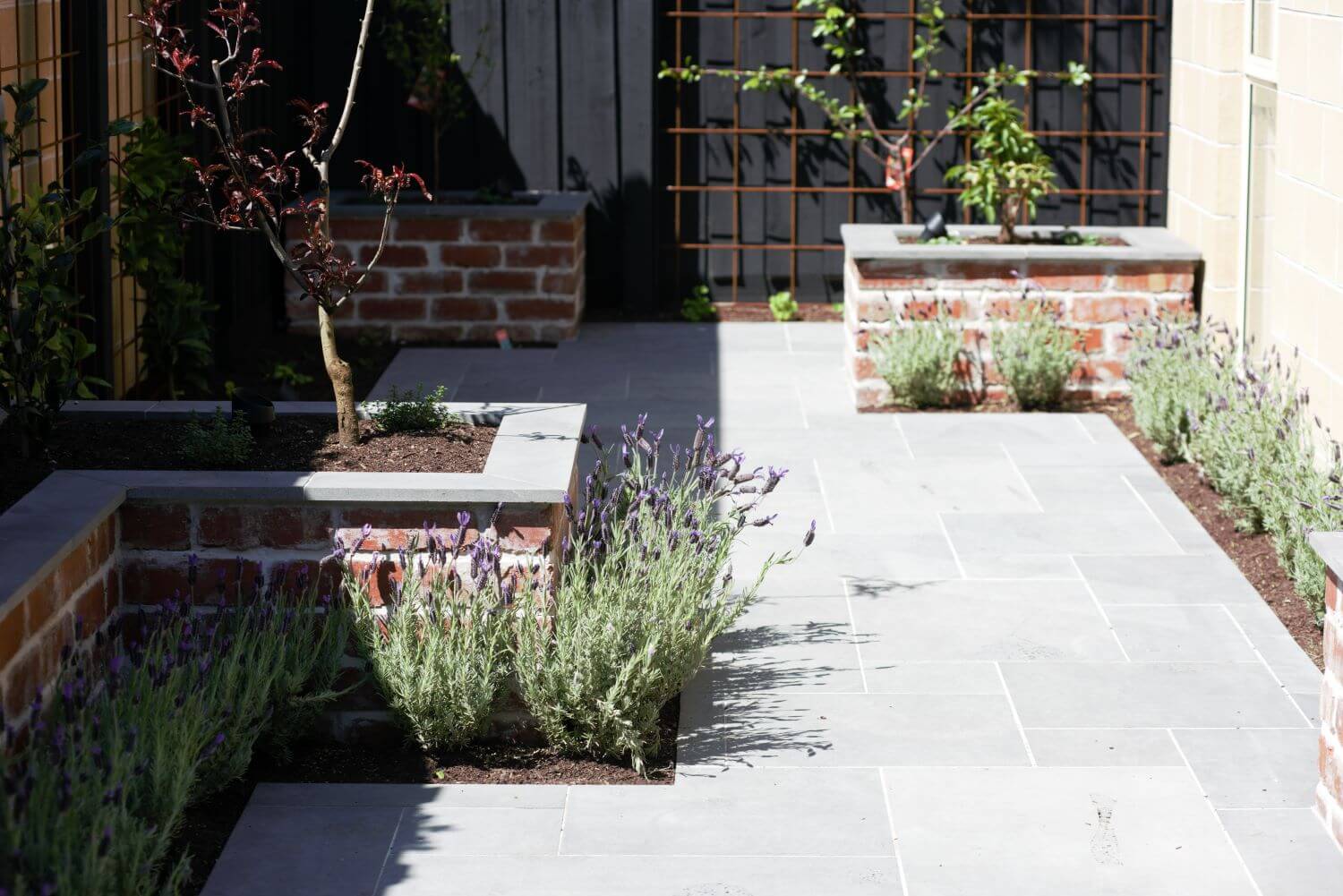- 8th October, 2021
- By Andrea Uren
7 Bite-Sized Tips to Help Grow Your Own Edible Garden

Looking to spend less time in the supermarket and more time enjoying 100% organic produce from your own yard?
Edible landscaping, or foodscaping, is the hottest gardening trend, and for good reason. An edible garden is great for physical and mental health - not to mention keeping money in your pocket whether you need to pick strawberries, mint, lemons, or more.
Studies have shown that being surrounded by greenery can help alleviate stress, anxiety, and depression. Even better, an edible garden is a fun, at-home project that the whole family can enjoy, no matter the age.
While growing an edible garden in your Mornington yard means delicious herbs and natural produce plucked from your own soil, there is a range of challenges that come with foodscaping - starting with location.
1. Does it matter where I plant my edible garden?
It’s tempting to create an edible garden wherever the sun hits your Mornington Peninsula yard, but there’s more to a flourishing veggie and herb patch than sunlight.
The most important factors for a thriving edible garden are:
| - Soil | - Wind |
| - Sun | - Water |
Some plants need more sunlight than others, more water than others, and more protection from the wind than others. What doesn’t vary though is the quality of your soil. Soil should be free-draining but still able to retain moisture and nutrients, as well as soil life (such as earthworms).
Foliage Landscaping Tip: Soil quality should always be inspected and improved to grow healthy food and veggies. A neutral pH to slightly acidic (pH 6 to 7) promotes the readiest availability of plant nutrients.
Alright, that’s enough theory for today. It’s time to fire up your green thumb and start foodscaping. Here are 7 bite-sized tips to help your new space flourish.

1. Think outside the box
Do you have a small backyard without much space for an edible garden? No problem.
You can create space by getting a little creative.
One of the simplest ways to find space is plant climbing crops, like peas and beans. As these plants only need vertical space, they can grow against a fence or patio with the aid of support wires. As an added bonus, raised garden beds - whether vertical or more traditional - help keep away hungry rabbits and snails, so you get to enjoy more of your own food.
It’s a common mistake to think you need a traditional garden bed to grow your own food and veggies. Knowing how to do more with less is key, which leads us to our next tip…
2. Use containers for growing
Got an old wheelbarrow that’s outlived its usefulness? Congratulations, you’ve got a new edible garden bed. Old containers can be repurposed and used to grow herbs and veggies, with movable containers offering plenty of creativity. You’ll also want to look for containers that have holes in the bottom to allow for drainage.
Some of the most popular containers that can be repurposed include:
| - Old wheelbarrows | - Old laundry tubs |
| - Old bathtubs | - Old plastic or terracotta pots |
Turning old objects into edible garden beds is ideal because they can be easily moved. This gives you control over how your garden looks, how much sunlight your plants get, etc.
Foliage Landscaping Tip: Try growing vegetables in pots, as you do with herbs. They’ll require extra watering as pots dry out faster than large garden beds, but you’ll have the convenience of putting your mobile edible garden anywhere you like. Try leaving them by the back door with a watering can nearby for fresh and healthy veggies the moment you need them.

3. Turn your traditional garden into an edible garden
Let’s be honest, finding space in your Mornington yard for a dedicated edible garden can be challenging. But that doesn’t mean you need to miss out. A traditional garden can become a hybrid edible garden without a dedicated space for herbs and veggies.
The simplest way to make this change is to plant edible plants in your garden, for example, artichoke which is delicious and creates a striking aesthetic contrast to the rest of your foliage. You can also swap out common groundcovers, hedges, climbing plants, and shade trees for edible alternatives.
| Edible Groundcovers | Edible Hedges (Low & Tall) | Edible Vines & Climbers | Edible Shade Trees |
|---|---|---|---|
| Strawberry | Lemon Myrtle | Kiwifruit | Cherry |
| Rosemary | Lemon Verbena | Passionfruit | Apple |
| Thyme | Blueberry | Grape | Pear |
| Oregano | Olive | Raspberry | Quince |
| Chives | Bay Tree | Persimmon | |
| Parsely | Avocado | ||
| Macadamia | |||
| Pomegranate | |||
| Apricot | |||
| Citrus* |
* Orange, Lemon, Lime, Kafir, Grapefruit
4. Compost (most) garden materials
Use your kitchen scraps and garden waste (excluding weeds) to create compost and provide low-cost nutrients to help your edible garden grow.
The simple way to create your own natural fertiliser, it’s a common myth that home composting will “smell funny” or take too long. The trick to a successful backyard compost comes down to finding the right size (large or small piles won’t heat properly to create microbial action), aerating your compost pile regularly, and keeping your compost pile moist (this should be damp like a sponge, not soggy).
However, you should keep certain organic waste OUT of your compost to avoid attracting rats, pests, and other unwanted guests. These include:
| - Cooked food | - Dog or cat waste |
| - Meat | - Dish scraps |
| - Mouldy cheese | - Fats and oils |
| - Weeds | - Diseased plant |
Foliage Landscaping Tip: The finer your waste materials, the quicker they’ll break down and provide nutrient value to your soil.
5. Remove weeds
Weeding might not be your idea of a fun time, but it will help protect your edible garden. It’s best to remove weeds when they’re relatively small (and will save you from tougher gardening jobs down the line).
More than a way to keep your edible garden neat and tidy, weeds rob your soil of valuable nutrients that your herbs and vegetables need to thrive. It’s best to prevent weeds from competing for these crucial nutrients, so find time to pull weeds before they take hold.
Looking to spend less time working in your yard and more time enjoying it? Click here to discover the 10 best low-maintenance plants for your outdoor space

6. Use natural insecticides
You’re excited about your edible garden’s upcoming harvest, but so are the pests and bugs that call your yard home. When you want to prevent pests from destroying your hard work, but you also want to avoid nasty chemicals and pesticides, try turning to non-chemical remedies instead.
Some of our favourite home remedies include:
- Garlic spray (natural insect repellant)
- Chilli spray (natural insect repellant)
- Milk (helps culture Bacillus thuriugiensis Berliner - a natural pesticide)
The right natural insecticide can stop your new herb and veggie patch from becoming an all-you-can-eat bug buffet, so don’t be afraid to get creative to control insects.
7. Rotate your plants regularly
When it comes to a healthy edible garden, it’s crucial you remember that crop rotation = healthy soil. Crop rotation manages soil pH and nutrient levels to help get the most out of your garden.
It’s easy to fall into a comfortable routine when you’re growing herbs and veggies in your yard, but failing to rotate your plants can damage your soil. This is because different plants draw on different minerals and nutrients in the earth.
Ideally, none of your edible garden beds will see the same crops in successive seasons. This process (used by humans for thousands of years) helps to reduce chemical use, helps build healthy soil, and manages nutrient requirements. You’ll also benefit by removing the preferred hosts of pests and diseases by breaking the cycle before they take a foothold in your edible garden.
Looking for help on your next vegetable garden design project?
Have you been inspired by any of these edible gardening tips?
The good news is, anyone can grow an edible garden and harvest their own herbs, fruits, and veggies. Whether your Mornington property has a small balcony or a large outdoor space in need of vegetable garden design, you can start growing your own 100% fresh produce today.
The only question now is what you’ll plant first because there’s nothing better than enjoying the fruits (and veggies) of your own labour.
Looking for help with your own edible garden design? Call us for expert advice today.